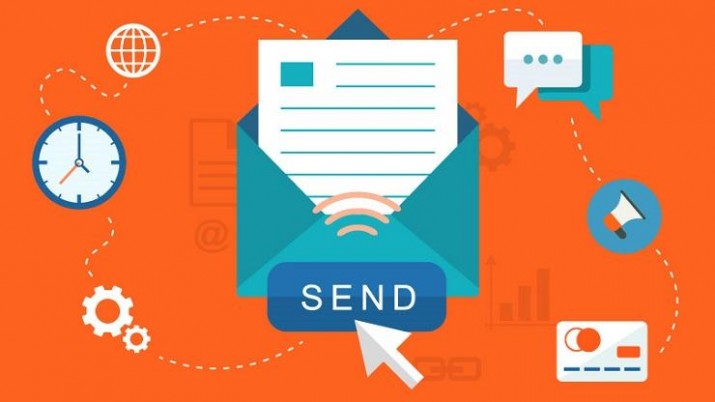Steve Jobs, the co-founder of Apple and one of the most influential personalities in modern history once said “We want to hire people who want to make the best things in the world.” When you want professionals to build your website or web application, you should probably hold a similar attitude. After all, your web presence is very important to you and you want to grow your business out of it.
PHP is one the most frequently chosen programming languages when it comes to building a website. It is a server side scripting language and has empowered several start up firms. If you have decided to go with PHP web development and are looking forward to hire developers for the same, you must avoid certain mistakes. Some of them are given below.
1. Not considering outsourcing
Keeping confined to your own region and looking for developers only within your realms is one of the biggest mistakes you can commit. Several companies hold this mentality because they think that it is easy to connect with the developers, discuss problems with them and get issues resolved fast. However, this is not true and many companies have incurred huge losses due to this mentality. Technological advancements have made it very easy to connect with developers all over the world. In fact, outsourcing can prove to be quite cost effective.2. Failing to look into the portfolio
It is very important to take a look at all the previous work and projects accomplished by the PHP developers you are intending to work with. Don’t just go by references as your requirement might differ from others. Ask about the number of years of experience they have had in building PHP websites. Taking a look at their portfolio will give you an idea about the skills of developers you have hired and give you insights as to how you want them to work on your website.3. Neglecting the mode of communication
While striking a deal with an offshore company, make sure you decide on the communication channel. By doing so, you will be able to stay abreast with the latest developments and issues. Also when you discuss about your business website with developers, ensure that they have understood your requirements right and they have the required skills to implement it.4. Lack of clarity in prices
It is always better to keep things transparent when it comes to deciding on the prices. Be precise and clear about your requirements and obtain a quote. Continue with the deal only if you agree on a mutually decided sum. Make sure that the company doesn’t dodge your inquiry on prices with vague answers. Once the fees are decided, have a contract in black and white and get it signed by the company you are working with.5. Striking a deal with cheap service providers
Some prices are too good to be true. Don’t get coaxed into accepting cheap offers as it may result into lack of communication, incomplete websites, changed passwords and developers who disappear into the oblivion. Remember that a website is 24/7 presence of your business online. If you compromise with the design and development aspects, you will never be able to make profits out of your business. So beware of companies who try to lure you at extremely low prices.6. Not considering the maintenance
All business structures are dynamic. It is possible that some changes are required after the website is built. So you need to make sure that the developers you are working with are more than happy to update things and make changes as and when needed. Even if there are major issues in your website, developers should be ready to conduct testing and make necessary enhancements.A skilled PHP developer should be able to:
- Undertake Dynamic website development
- Identify the bugs and other issues in the website
- Work dedicatedly on your project
- Make your website smart and user-friendly
- Keep connected to you via different channels including Skype, email, etc
- Provide with a detailed report after the work is done
- Assist to with post development complications
Make sure you discuss with the new developers as to what disappointed you the most about the website you had and what changes do you want to make in the new website. Conduct ample amount of research, make price comparisons, check quality of services and then zero on the company that can build your website the way you want.









